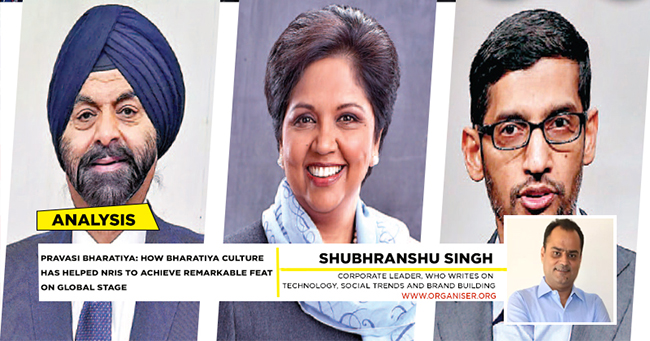AI is helping marketers anticipate consumer needs, preferences, and behaviour, reflecting its continuous evolution from theoretical concepts to tangible, transformative applications in our daily lives [siteorigin_widget class=”SiteOrigin_Widget_Image_Widget”][/siteorigin_widget] AI is not a recent phenomenon; its roots trace back to 1950, when Alan Turing introduced the Turing Test, a ground-breaking concept that challenged machines to exhibit human-like intelligence. This test, where a human judge interacts blindly with both a machine and a human, sparked enduring debates on machine intelligence, consciousness, and the ethical implications of creating human-like machines. Fast forward to 1998, and the Furby, an electronic creature with interactive capabilities, captivated hearts and became a cultural phenomenon, symbolising the playful integration of technology and companionship in interactive toys. In 2010, Hanson Robotics unveiled Sophia, a humanoid robot with a remarkably human-like appearance and advanced AI. Sophia could engage in conversations, express emotions, and make eye contact, pushing the boundaries of robotics. As a cultural and technological icon, Sophia triggered discussions about the future of human-robot interactions, AI ethics, and the evolving relationship between machines and humanity. Talking about ChatGPT, the platform reached 1 million users in a mere five days after its launch in November 2022. Today, in the age of the “always-on” consumer, AI plays a pivotal role in shaping personalised and instantaneous experiences. With its real-time analysis of vast datasets, AI anticipates consumer needs, preferences, and behaviour, reflecting the continuous evolution of artificial intelligence from theoretical concepts to tangible, transformative applications in our daily lives. Todd Horowitz and Jeremy Wolfe’s research at Harvard Medical School unveils an intriguing facet of the human brain’s interaction with visual stimuli. Brands are no longer fighting for space in the consumer’s memory; they are vying for a place in the consumer’s identity. Every interaction, whether a social media post, an AI-generated advertisement, or a customer service response, contributes to the construction of these memories. The always-online nature of Gen Z is akin to a continuous digital pulse that spans through the market. Social media content, blogs (long or short), and online platforms have become arenas where opinions about brands are formed and shared instantaneously. The notion of brand loyalty has transformed into a dynamic, reciprocal relationship where consumers actively participate in shaping brand identities. This real-time, two-way communication demands transparency, personalisation, agility, and an authentic brand persona. Transparency, once a choice, has become a non-negotiable currency in the digital marketplace. The always-online generation is not just well-informed; they are discerning critics who demand accountability from the brands they engage with. Social and environmental consciousness is no longer a trend but a baseline expectation. Brands are under scrutiny, and their commitment to sustainability, diversity, and ethical practices is integral to earning and retaining consumer trust. As per the Havas Meaningful Study 2023, 77 per cent think companies and brands should be transparent about their commitments and promises. The third rule of differentiation, as coined by branding experts, pertains to ‘meaningful’ differentiation. It’s not merely about being different but about being better, or, at the very least, being perceived as better. Gen Z is not swayed by superficial distinctiveness; they seek brands that align with their values and contribute meaningfully to their lives. Brands are expected to be not just products or services but active participants in societal dialogues. In the contemporary landscape of consumer expectations, the concept of 24/7 accessibility has become paramount. With consumers perpetually online, there is a heightened demand for constant accessibility from brands, be it through customer support, social media engagement, or online services. The rise of 24/7 Chatbots driven by AI, spanning across all categories, exemplifies the commitment to seamless and instant interactions. The shift from traditional marketing to personalisation is evident as consumers increasingly seek tailored experiences. Generic marketing approaches are losing efficacy, giving way to a preference for content, products, and services that align with individual tastes. Integrated experiences are also crucial, with consumers expecting smooth transitions between online and offline channels. Brands excelling in providing integrated and consistent experiences across various touchpoints are poised for success. Authentic branding, especially valued by Gen Z, demands transparency and social responsibility. Brands must genuinely align with consumer values to build and maintain trust, as any hint of insincerity can lead to a loss of credibility. As AI becomes more prevalent, responsible AI practices are gaining importance, with consumers seeking assurance that their data is handled ethically and privacy concerns are addressed. Empowering consumers through generative AI is a rising trend, enabling the creation of user-generated content and collaborative product development. Brands are now expected to involve consumers in the creative process, allowing them to contribute to and shape the brand narrative. Link: https://bwmarketingworld.businessworld.in/article/The-AI-Alchemy-/02-01-2024-504181




